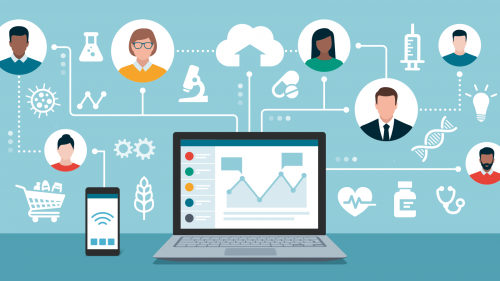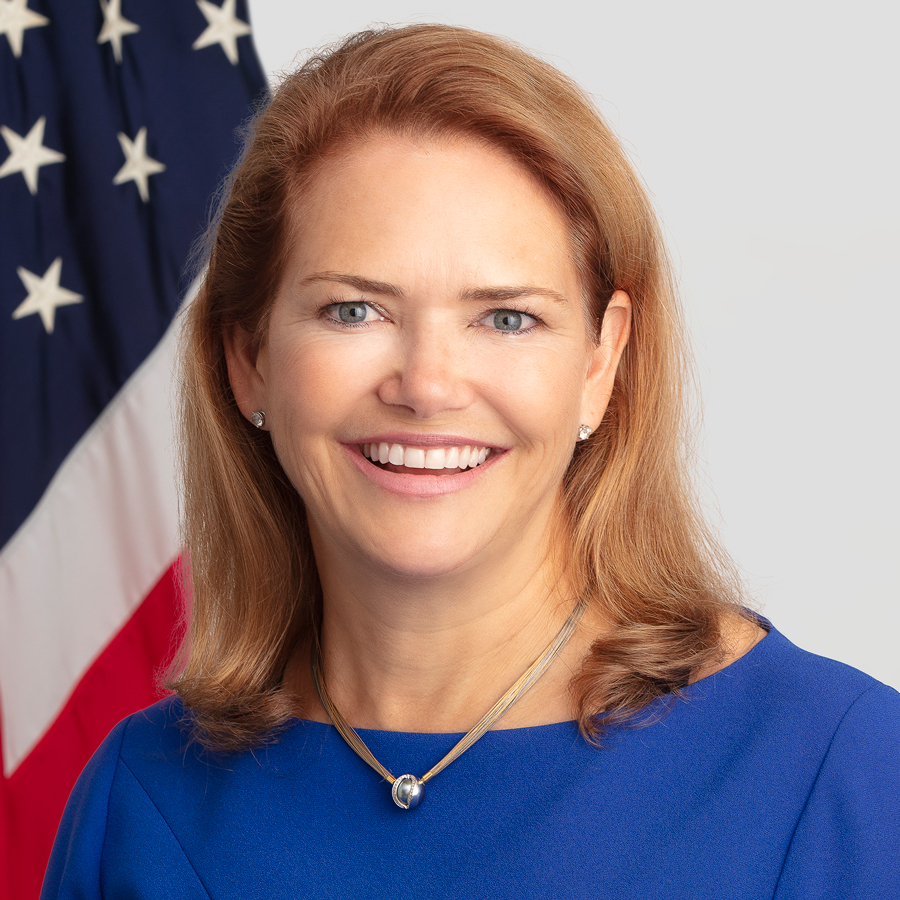FDA’s Technology Modernization Action Plan Accelerates the Path to Enhancing and Promoting “People First” Public Health

By: Amy Abernethy, M.D., Ph.D., Principal Deputy Commissioner & Acting Chief Information Officer, and Vid Desai, Chief Technology Officer
On a daily basis, the U.S. Food and Drug Administration is responsible for making highly complex and consequential regulatory decisions. To meet this responsibility, the FDA must have a modern approach to the use of technology for its regulatory mission, such as the review of medical product applications and food safety, and other critical functions. The agency must also have a workforce that is empowered to be as nimble and as up-to-date as the products we regulate.
The FDA’s Technology Modernization Action Plan (TMAP) is the blueprint for this work. TMAP has three components: modernization of the FDA’s technical infrastructure and operations; enhancing the FDA’s capabilities to develop technology products; and communication and collaboration with external stakeholders to drive technological progress that is interoperable and delivers value to consumers and patients. The TMAP provides a sturdy technological foundation for development of the FDA’s ongoing strategy around data itself – a strategy for the stewardship, security, quality control, analysis, and real-time use of data – that will accelerate the path to better therapeutic and diagnostic options for patients and clinical care providers, and better tools to enhance and promote public health.
Launched one year ago, the FDA has been implementing the TMAP through cutting-edge innovation, updated systems, and an interoperable, secure infrastructure to support the rapidly increasing regulatory review workload and improve our overall digital and technological capabilities as an organization. As we recognize the first anniversary of the TMAP, we’d like to take this opportunity to report on our progress and provide some insight into our exciting plans for the coming year.
Modernizing the FDA’s Technical Infrastructure
Fortifying the FDA’s technical foundation is the top priority of TMAP. This includes making sure we have a robust technology infrastructure, access to cloud computing, external data interfaces, and a focus on cybersecurity. A few areas of priority include:
- Accelerating implementation of a software defined network and adoption of other design approaches that make the transition to cloud-based technologies faster, easier and more secure.
- Emphasis on user experience and the availability of modern technology capabilities that are useable from any device, including mobile devices.
- Rapid deployment of modern team collaboration capabilities to enhance internal and external collaboration.
- Finally, adoption of agile methods and integrated security practices like “DevSecOps” that encourage sharing, reuse and agile delivery of IT solutions.
Managing all this complexity requires a mature approach and encompasses innovations in – and modernization to – the FDA’s workforce operations.
The FDA’s agile workforce has continued to advance the agency’s mission priorities during the COVID-19 pandemic. The FDA’s Office of Information Management and Technology (OIMT) has been supporting FDA staff throughout the country to enable them to successfully work remotely. The FDA is rolling out a modern mobile device management (MDM) for mobile devices which will enhance the ability of FDA staff to perform their jobs remotely. OIMT’s Office of Information Security accelerated its ongoing work to harden FDA systems to protect against cyber attacks. The agency also partnered with the General Services Administration to develop robust plans to reduce our data center footprint and migrate to the cloud.
Enhancing Capabilities and Innovative Use Cases
Part of the TMAP is focused on starting to build out living examples, or “use cases,” that showcase how data and technology are going to be used differently at the FDA and bring the "possible” to life. The FDA’s recently announced Import Screening Pilot for seafood unleashes the power of data and leverages artificial intelligence (AI) – priorities embodied in the TMAP. AI technology could be a game changer in expanding the FDA’s predictive analytics capabilities, enabling the agency to mine data to anticipate and mitigate foodborne risks. The seafood pilot will explore incorporation of AI into real-time import operations enabling the FDA to clearly visualize how AI can be used to augment current technology to help us ensure the safety of imported foods.
The FDA is partnering with Presidential Innovation Fellows to incorporate modern product development methods and technologies to improve the user experience of FDA’s workforce, for example, Consumer Safety Officers. We are prototyping mobile optical character recognition to reduce data entry and increase efficacy of Consumer Safety Officers at points of inspection. This need was discovered through research to understand how FDA staff and customers interacted with and experienced FDA’s technical products. This emerging user and customer experience focus will help ensure we’re tackling the right problem and creating the best solution.
Partnerships to Drive Technological Progress
Communication and collaboration with the public to drive technological progress that is interoperable and delivers value to consumers and patients is a critical component of TMAP. As part of our communication campaign, we held a virtual public meeting on June 30, 2020, “Modernizing FDA’s Data Strategy,” which engaged experts from government, industry, and academia to discuss data sharing, data exchange, putting data to use, and data stewardship and privacy. This broad, well-attended public meeting was envisioned as the first of multiple public communication and engagement events.
In April 2020, we announced our participation in the COVID-19 Evidence Accelerator (EA), an initiative launched by the Reagan-Udall Foundation for the FDA, in collaboration with Friends of Cancer Research. The EA is a collaborative effort to share insights, compare results, and answer key questions about COVID-19 using real world data as quickly as possible while integrating learning and maintaining transparency. There are currently two workstreams: therapeutics and diagnostics, and we anticipate a third workstream focused on vaccines in the future. Over 150 cross-sector organizations have participated in the weekly meetings including experts from the FDA and other government agencies, major technology companies, data organizations, academic research institutions, professional societies, device manufacturers, payers, health systems, and others.
The TMAP describes important actions we are taking to modernize our technology information systems — computer hardware, software, data, analytics, advanced technology tools and more — in ways that accelerate the FDA’s pursuit of our public health mission. But at the end of the day, modernization is about people and processes, not just technology. Workforce skills and new ways of working are critical for building the organization of the future. New partnerships and talent strategies are also needed to drive change. That’s why digital and organizational transformation is happening in parallel and the FDA is leading with people to help put the FDA’s data to work. We’re only just getting started, stay tuned for updates! Coming soon: the FDA’s Data Modernization Action Plan.


